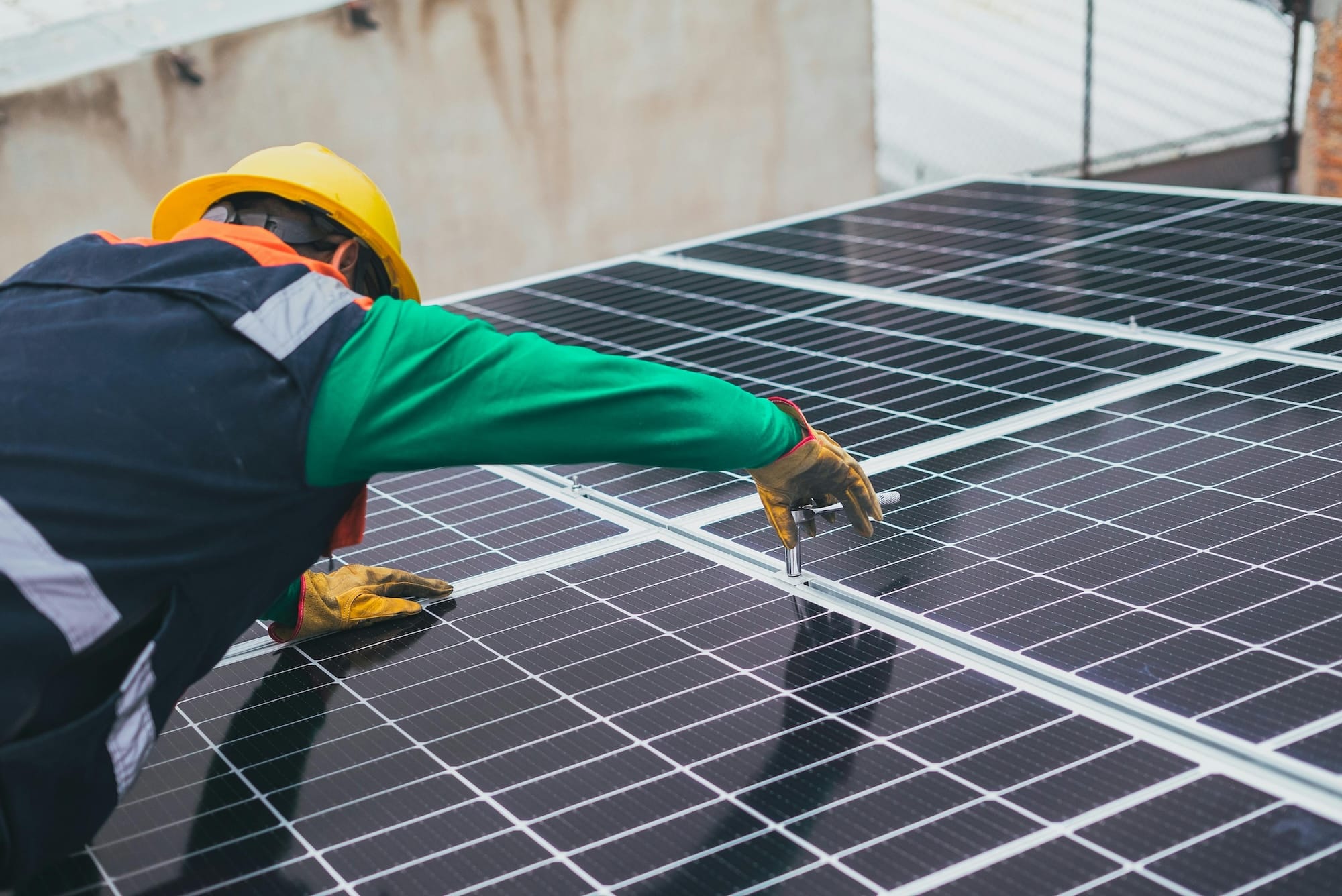Platform v9.9
Highlights
Smart EV Charging
In line with the recent dashboard update, we’ve made significant improvements to our Smart EV Charging product for enhanced reliability. Previously, we used the car's location to decide whether to start cost-optimized charging. While this approach ensured user comfort, it was often unreliable due to delays in location updates.
Now, car owners can manually activate smart charging directly from the app. This change provides immediate feedback on charging schedules and costs, giving users more control and clarity.
Additionally, we’ve revamped the car-connection flow to deliver a smoother mobile experience.

Flexibility
Our platform is evolving to calculate the flexibility of a portfolio of installations and expose an API endpoint to act on this flexibility. While you might notice early actions around this feature, more updates are on the way—stay tuned!
Other improvements
- Alarms can now be assigned to users in bulk for greater efficiency.
- The gateway registration process has been adjusted to allow registration of gateways even without prior configuration, improving ease of use.
- We resolved an issue where batteries controlled by Lewiz weren’t adhering to instructions from the Cloud EMS. Now, we send the installer-provided
batteryPowerparameter to the BMS controller, ensuring full capacity utilization. - Due to a firmware issue in the latest Lewiz update, we have temporarily disabled curtailment commands for devices reliant on the Cloud EMS.
- Our Cloud EMS now logs when a user disables automatic scheduling. This ensures we can track and replicate any unusual behavior effectively.
- Behind-the-scenes preparations for a major platform design overhaul in 2025.
API Updates
ControlSignal APIs
- New endpoint
/controlsignalswhere you can check on the status of all ControlSignals given to a meter - New endpoint
/controlsignals/{controlSignalId}where you can check on the status of a specific ControlSignal - New endpoint
/controlsignals/{controlSignalId}/cancelto cancel a ControlSignal - New endpoint
/controltypesto see all possible controls a ControlSignal can represent
Flexibility APIs
These endpoints will later be used to see the offer of flexibility for a portfolio of installations. A new request can be made to act on that flexibility.
- New endpoint
/flexibilityoffers - New endpoint
/flexibilityoffers/{flexibilityOfferId} - New endpoint
/flexibilityrequests - New endpoint
/flexibilityrequests/{flexibilityRequestId}
